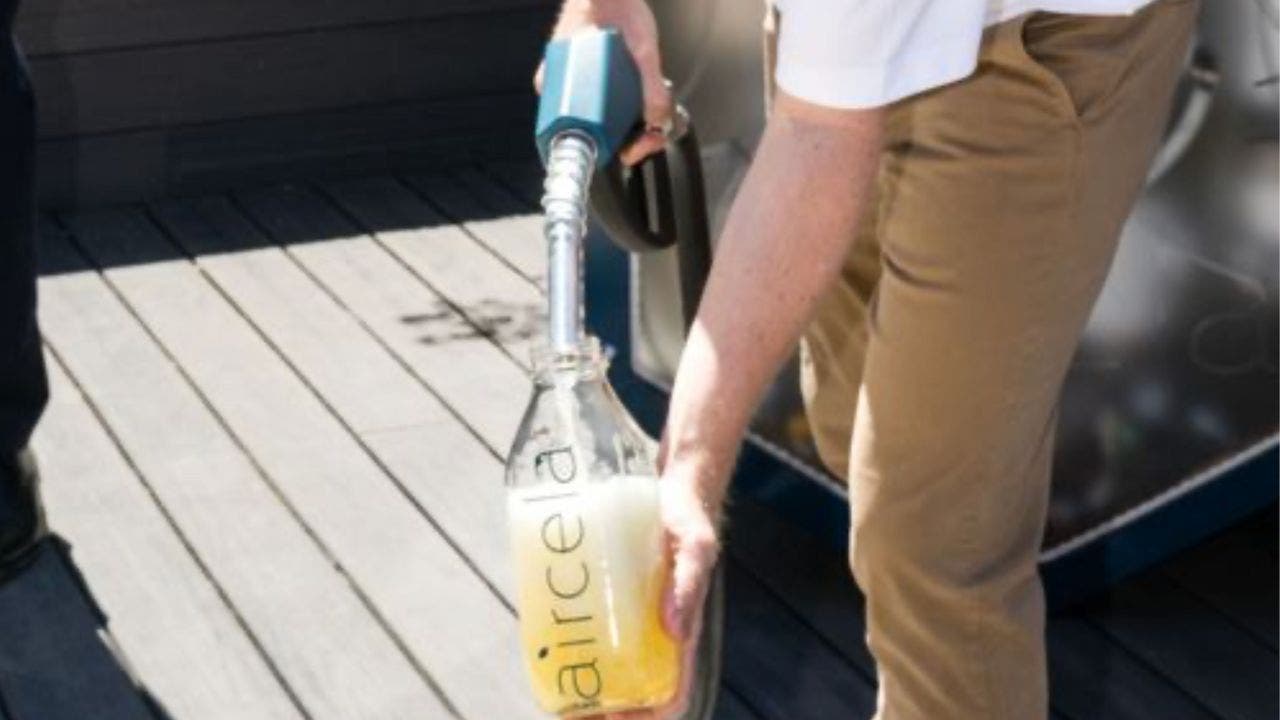Life is ‘better after solar’: Harnessing sunlight gives India’s salt farmers freedom and profit
The harsh desert sun beats down on Devabhai Sawadiya as he carefully tends to his family’s salt pan in the Little Rann of Kutch desert. The sound of his salt broom sweeping through the crystals is the only noise in the otherwise quiet landscape. But it wasn’t always like this. For years, the Agariyas, the nomadic salt farmers of western India, used loud diesel machines to pump out the brine from underground, which they then spread out to evaporate and produce salt crystals.
Now, thanks to the switch to solar energy, the landscape has changed dramatically. Solar panels now dot the desert, powering the pumps that extract the brine. This shift has transformed the lives of the Agariyas, including Sawadiya. “We finally make a profit because of solar, after years of toiling,” Sawadiya shared with CBC News. Before the solar panels, the farmers struggled to make ends meet, constantly borrowing money to buy diesel fuel for their machines.
The transition to solar energy has not only improved the financial situation of the farmers but also their health. The toxic smoke and fumes from the diesel machines used to make them sick, but now they can breathe easier. The solar panels have allowed the farmers to extend their harvesting season, producing higher quality salt crystals. Additionally, the solar panels have brought the community together, as farmers no longer have to constantly tend to the machines and can spend more time with their families.
Most of the Agariyas have taken advantage of a government subsidy that covered 80% of the cost of installing a solar panel. This initiative aligns with India’s push towards renewable energy and reducing dependence on coal. The solar energy sector in India is rapidly growing, with installed capacity increasing significantly over the past decade.
Despite the positive impact of solar energy on the salt farmers, there are still challenges they face. The subsidy that helped them transition to solar energy is no longer available, and there is a need for assistance in case the panels break down. Life in the desert remains tough, with limited access to basic amenities like healthcare and education. However, the farmers are hopeful for a better future, thanks to the opportunities that solar energy has brought them.
As Jerabhai Dhamecha, another salt farmer, expressed, solar energy has brought prosperity to his family, allowing them to build a new house and afford things they never could before. The solar panels have become a symbol of hope and progress for the Agariyas, offering them a brighter future in the challenging landscape of the Little Rann of Kutch desert.




